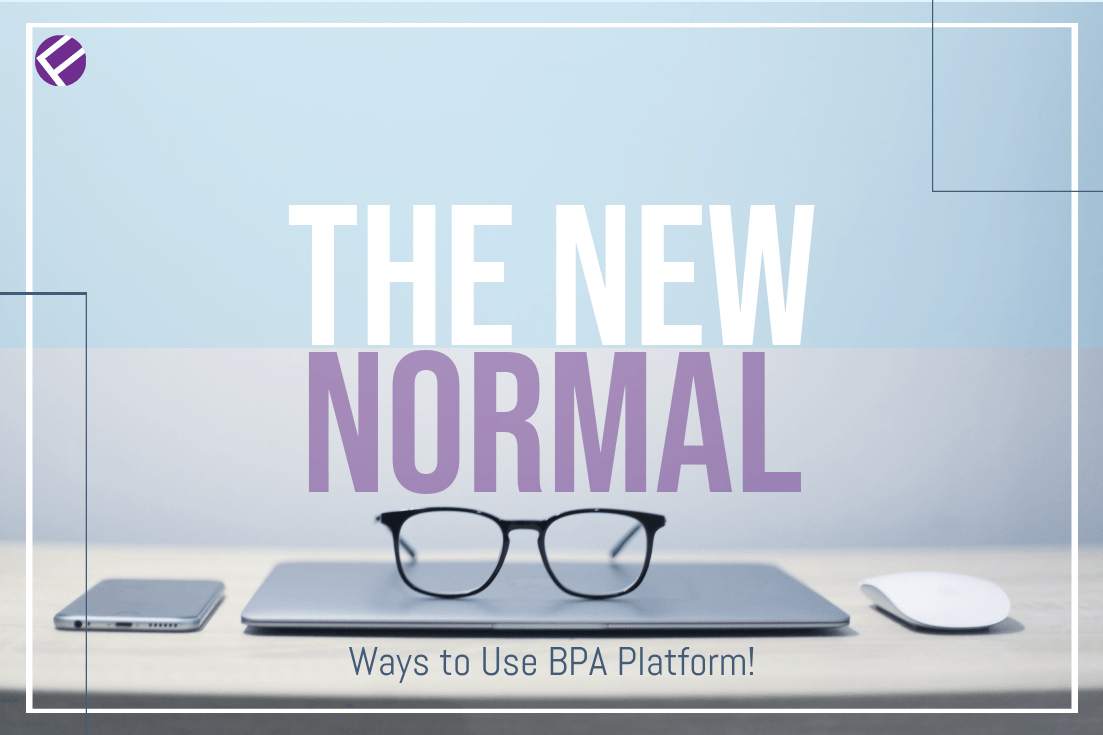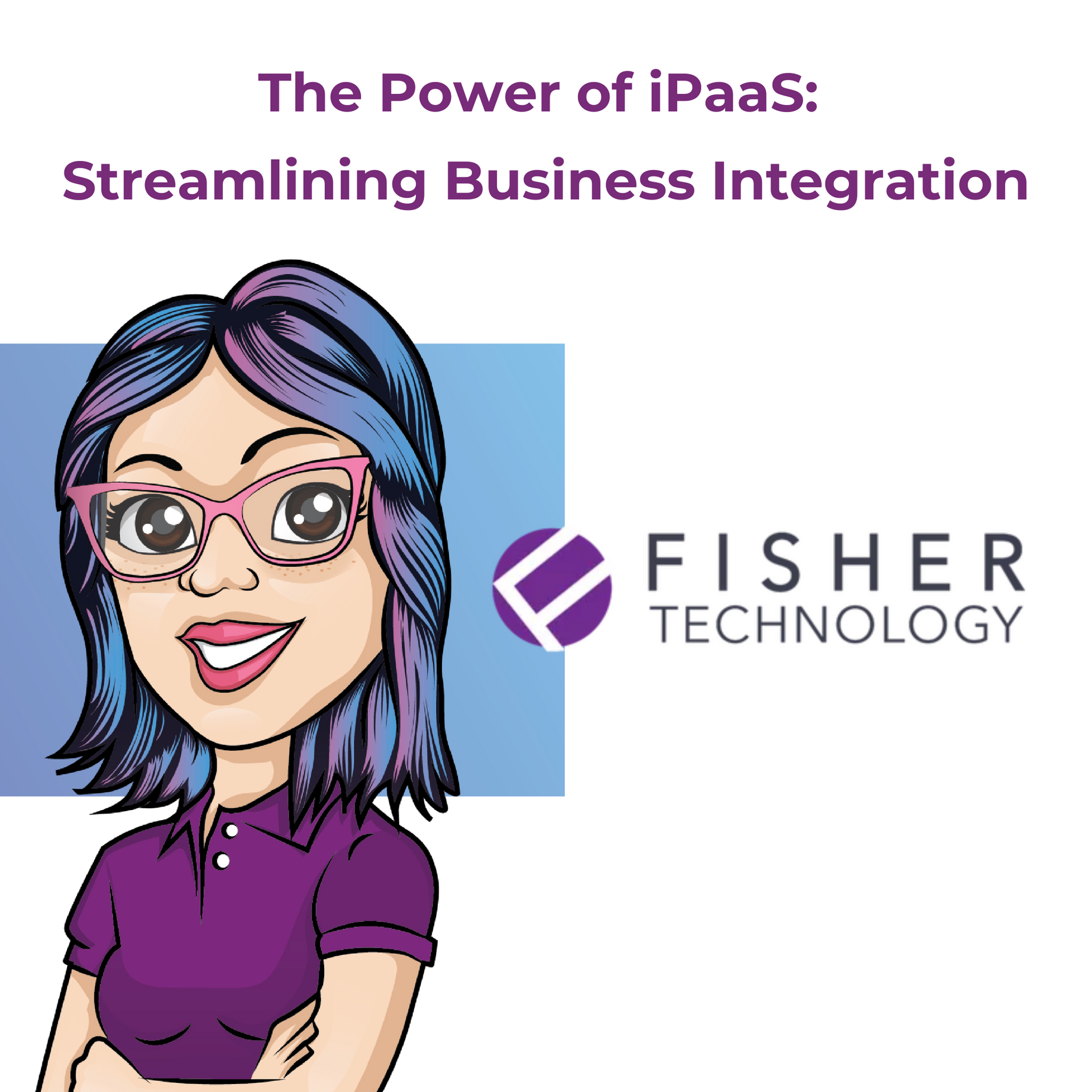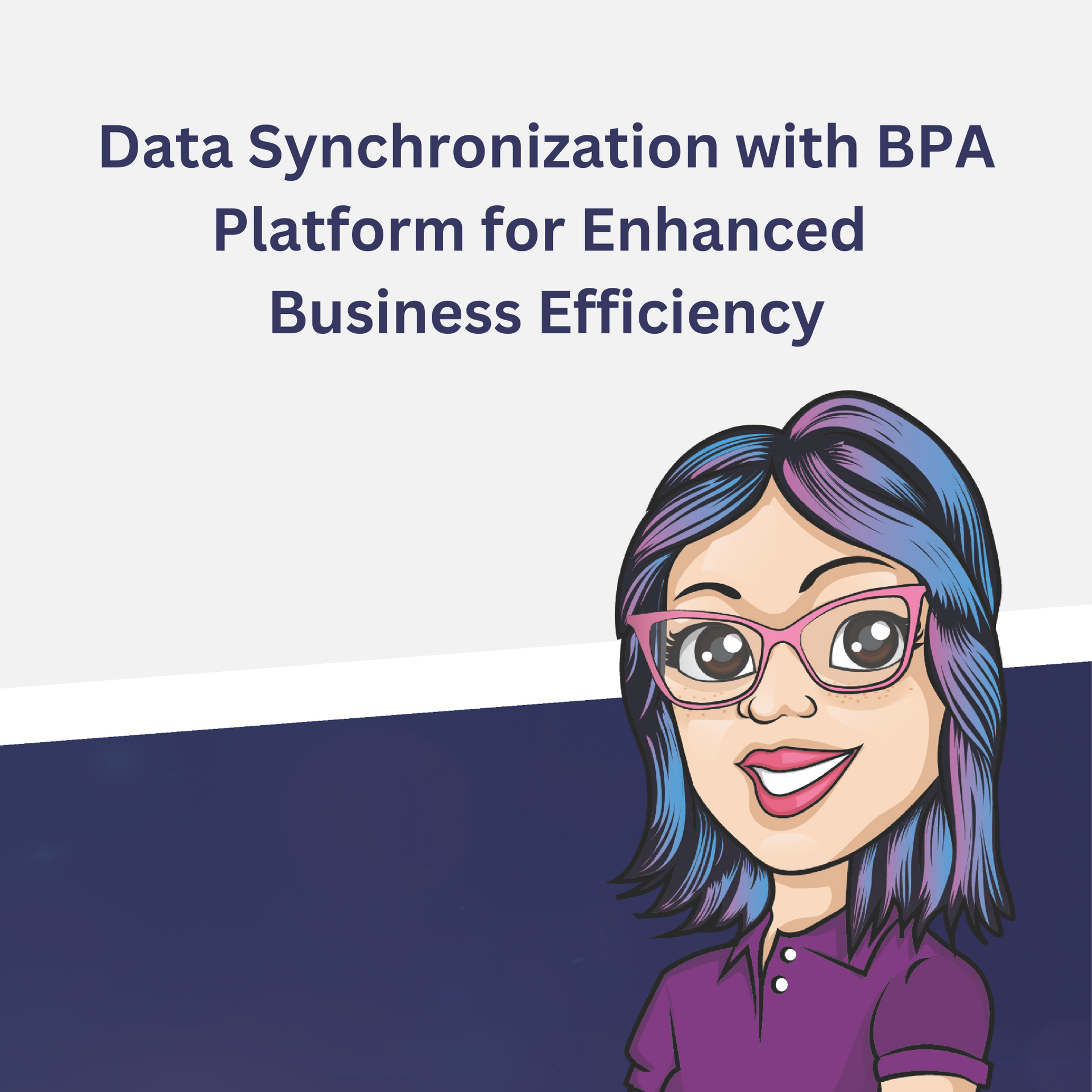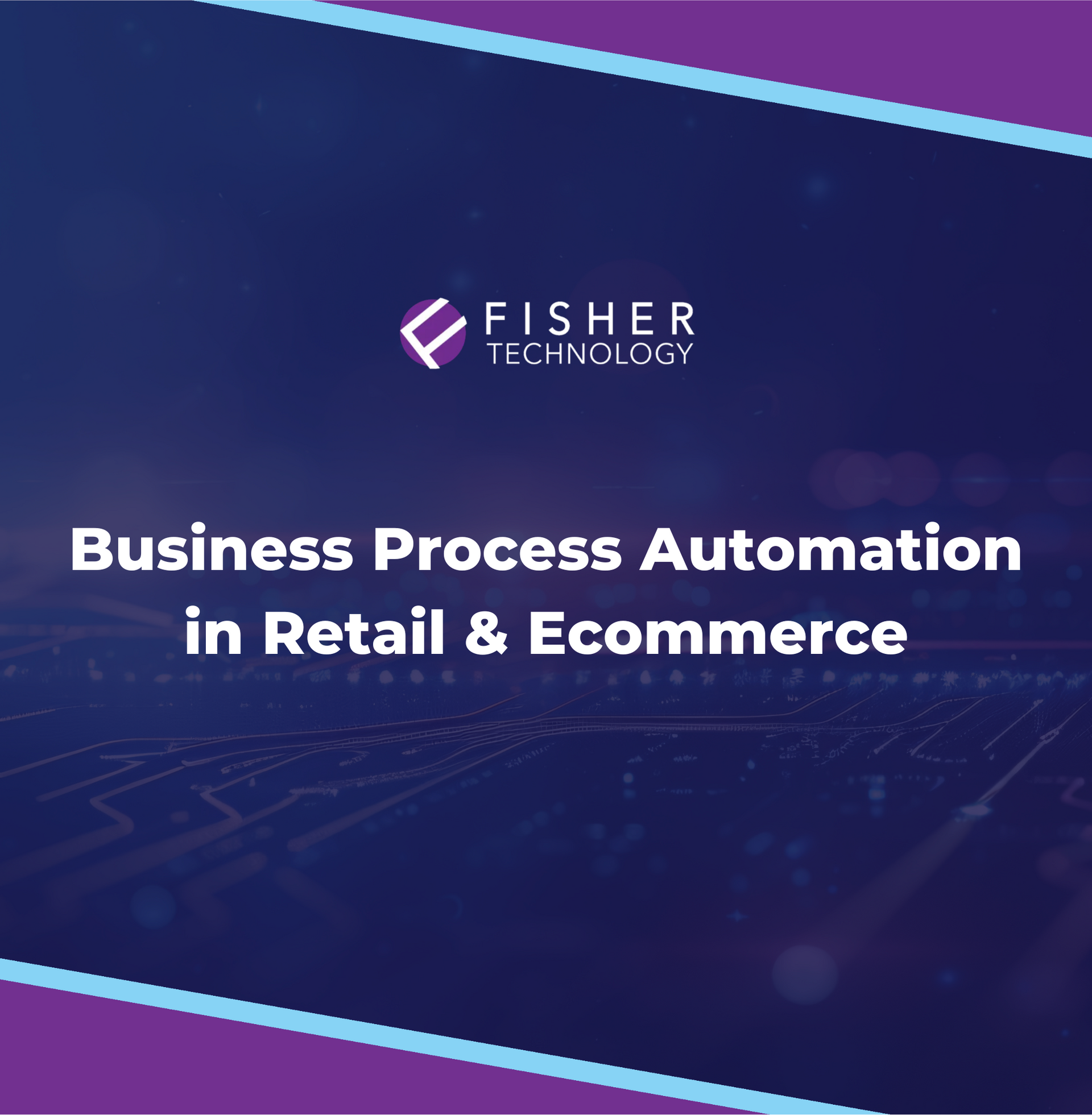The New Normal: Cooking is a Business Process Too!

In spending the last few months working from home and adjusting to the new normal, this newfound time has granted us the ability to pick up on projects and fine-tune skills more than ever. As someone who usually reaches for her phone to order out lunch or dinner, I decided to challenge myself to do the exact opposite and invest time and effort into home cooked meals. But, as our ‘chief everything officer,' Nicole Laurier phrased in it in her original version of this blog post nearly a decade ago- cooking is a business process too!
One of the first things needed to carry out this process is to set down a plan your attack. I’d often look toward online recipes and cooking shows for ideas that best suit what myself or my guest are craving or just aim to try something new altogether.
After compiling my grocery list, it’s time to head to my favorite store and pick out all the ingredients I’ll need. As a Florida native, Publix will always be my go-to spot and thankfully I know the store like the back of my hand, so this process doesn’t take too long. Whatever Publix doesn’t have I can stop at Bravo or Sedano’s to substitute.
Upon returning home, I lay out all the ingredients I plan on using to prepare my desired dish as well as get out all the pots and utensils needed too. Unless it’s a dish I’ve made before, I usually have the recipe and directions pulled up on my phone or tablet nearby for quick reference and then - I begin cooking.
Once the food is finished and the table is set, the only thing left to do is enjoy the meal I’ve made with family and friends.
So how exactly does the process of cooking play into the intricacies of business? Well, our CEO Nicole explained it best in four simple steps:
- Well the first step of cooking was deciding what to cook or in business what process you wish to automate.
- The second step was gathering all the ingredients needed through visiting various stores for different items. Many businesses have disparate systems, Enterprise Resource Planning, Customer Relationship Management, Marketing and Email Automation systems, Websites, etc., so in many cases all of these disparate systems need to be connected together to completely automate your business process forcing you to go to more than one place to get the information to build the process.
- The third cooking step was preparation, for business process management that would be using the tools to build the process which you have defined in the earlier steps, just like in cooking using the ingredients to create the meal.
- The final step of cooking is sitting back and waiting for your guests to arrive. With an automated business process, your task is built, tested, and put into production so that you can forget about what is happening in the background. The automated process will be doing the heavy lifting for you!
Do you know what process you want to automate? Do you know how to define that process? Do you know once you have defined your process how to find the information in your systems? Do you know what you want to automate? If you answered ‘yes’ to any of these questions, then Fisher Technology has the tools available to resolve the problem. All that’s left to ask yourself is- what do you want to automate?
Software is supposed to make tasks more efficient, but far too often businesses are burdened by the inefficiencies of systems that do not talk to each other. Schedule a consultation today with the Fisher Technology Team!



WE'LL PROVIDE THE RIGHT SOLUTION FOR YOU
We'll help you find the tech talent you need, so you can focus on running your business.
WE'LL PROVIDE THE RIGHT SOLUTION FOR YOU

We'll help you find the solution you need, so you can focus on running your business.
All Rights Reserved | Fisher Technology, LLC
